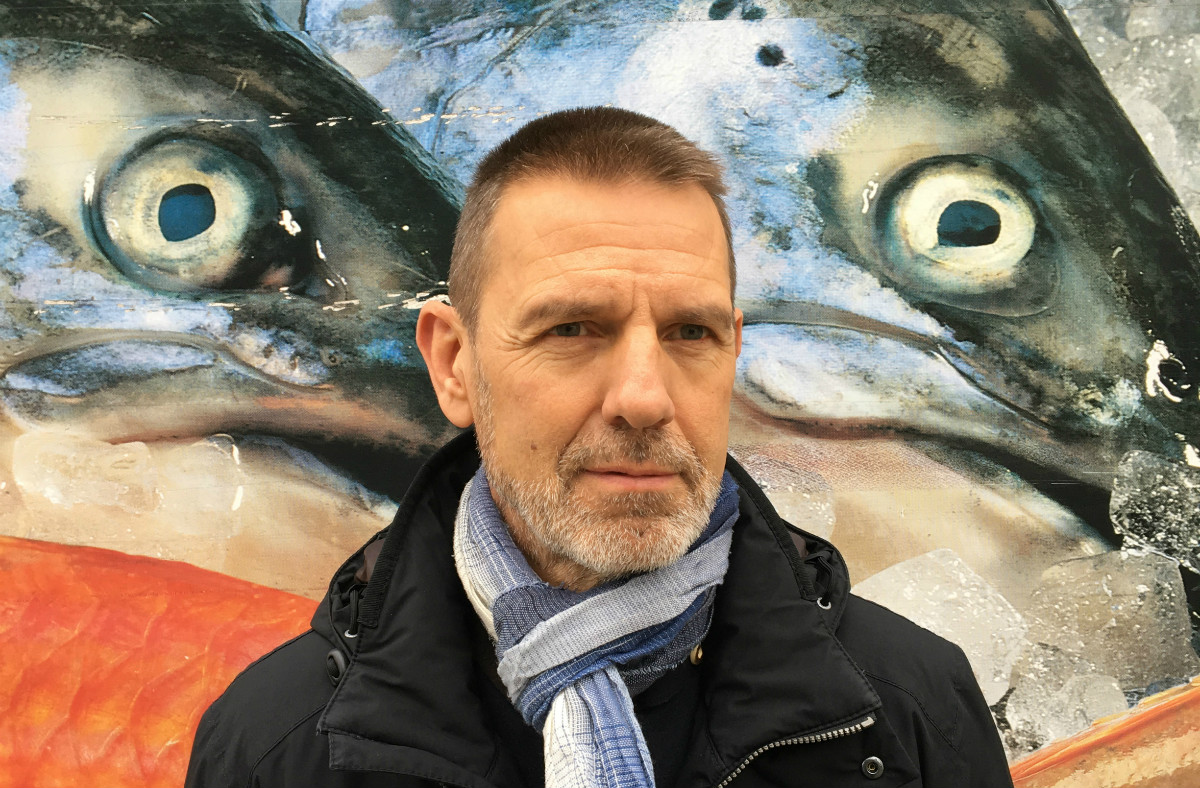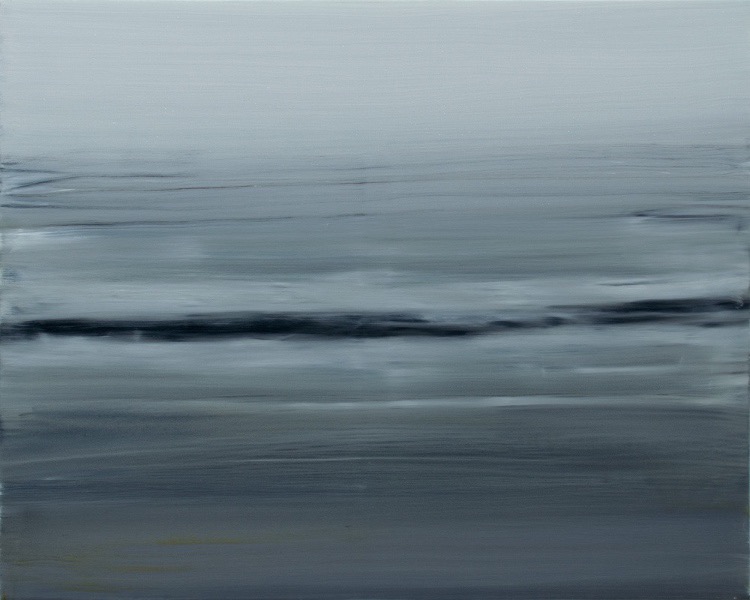
Dedicated to exploration of the artistic potential, Rolf Sellmann can be described as an experimental artist. His practice is not necessarily bound to a single medium, as it ranges from painting, over sculpture to installation. His oeuvre evolves through clearly defined conceptual units, all of which are strongly political. They refer to either the artist’s personal past or the current trends in the world, while showing a fresh artistic approach in some of the most widespread topics.
Taking part at the KÖLNER LISTE for the first time, Rolf Sellmann will mark his first participation at an art fair this year. In a conversation with this prolific artist, we have learned more about his ideas and the extent of his practice.
The Birth of an Experimental Practice
Initially, you were educated in a field different than the arts. How did your artistic career
Begin?
I started as an self-educated artist in the nineties. I always was curious about art and at that time I was more and more interested in expressing myself. So I started with acrylic painting and I did also experimental works using different unusual materials to form sculptures out of them. I think art was always a part of me but I needed a long time to express myself.
While observing your work, we can detect many conceptual influences. What are the artists or art movements that inspire your work the most? Is there a figure in the history of art you admire the most?
When I started with my artworks I was very much influenced by completely different directions. One person who had a big influence for my development was the conceptual and political artist Klaus Staeck. But also the artists from the “Zero” movement and the artists from the romantic period had a big influence for my following artistic output.
Your work is very diverse, ranging from painting to sculptures and objects. What are your inspirations?
My inspiration is to find many different solutions to express myself in an artistic way. I would describe myself as an artist who’s is very much interested in following an experimental path.
So, you paint, but also create in different conceptual expressions. What techniques do you use the most? How important is the presence of found objects in your work?
My last paintings are made in acrylic or mixed-technique. In my kind of sculpturing I use materials which I can find „along the way“ in different situations of life (for example tickets from the public services or safety-pins). It is important for me to see them with different eyes: as a material to create art out of. The idea for the sculpture sometimes arrives by seeing the material with those eyes for the first time.
The Political within the Art of Rolf Sellmann
One of the most striking bodies of work you created was closely related to your father’s past and the involvement with the Nazis. This topic became sort of a taboo in the post-war Germany. As an artist, did you encounter any difficulties when you opened up about the topic?
It was indeed one of my most stirring working processes which I have ever had to this day. I was always in contact with historical and political subjects. When I confronted my artworks with the fotos of my father’s Nazi history, that was a special moment in my life. I could realize a sort of discussion between me and my father although he was dead for over 15 years at the time of the exhibition. I have had problems with some old and some new Nazis during the period these works were on sohow. There were threatening E-mails but I didn’t care.
What kind of catharsis did this series bring to you?
This series opened my mind widely for new projects on the political screen. I think that, as an artist, it is my right and my duty to express also my political view.
Many of your series have a strong political undertone, from “Home Again”, to “No Exit /
No Existence” that refers to the global refugee crisis. How important is the political component in the art today? Is it possible to ignore it at all?
It is very important for me to be political in parts of my my work. As humans we have to be political.

Rolf Sellmann – The Wave – from This is (not) a landscape series, 2014
Expressions in Conceptual Painting
An interesting fact, all of your painting series have a solid base in art history and theory. How experimental does your painterly work get?
As I have already mentioned: Although I might be linked to the one or the other artistic movement and theory, the most important line in my working process is the experimental one.
For the KÖLNER LISTE, you will showcase works from the series titled “This is (not) a Landscape”. Can you tell us more about this exploration of the nature of an image?
The series „This is (not) a landscape“ is a reaction of my actual longing for nature and emptiness. I think today we are overflooded with input from tv, internet etc. on a daily basis. Sometimes, we need to clear our minds and brains in all that confusion around us. These paintings are the result of my clearing process. They show nothing and they show everything that is important for me.
Interesting to those who enjoy landscape painting and the conceptual painting enthusiasts, these latest contemplative works of Rolf Sellmann will be presented at the upcoming edition of KÖLNER LISTE in April 2017.


